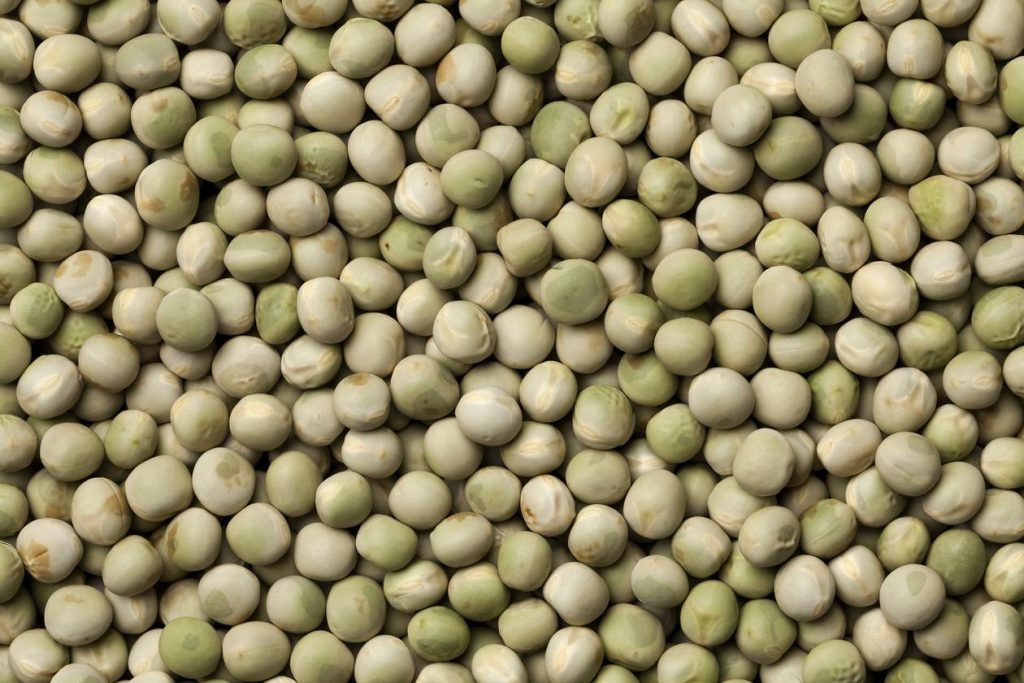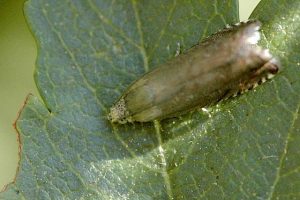It’s a sobering thought that people were saving pea seed for next year’s crop at least 5,000 years ago and possibly 7,000 years back! Peas are not just one of our oldest crops but happily one of the easiest crops for home seed saving.
Peas tend to be self-fertile although they can be cross-pollinated. This makes maintaining a pure strain relatively easy, even on an allotment site where people nearby are growing different varieties.
To avoid cross-pollination just grow different varieties in different parts of the plot separated by other crops. Use the plants from the middle of rows to save seed from to further reduce the chances of cross-pollination.
Seed Selection
As the plants grow through the season, ruthlessly weed out any that are poorly performing or not true to type. Just as with any seed selection by preferentially picking for the characteristics you want you will eventually develop a separate strain.
This strain will be optimised for your particular soil and micro-climate.
Pest Problem Affecting Saving Peas for Seed
One problem that can cause problems when saving your own peas as seed is the pea moth. The adult pea moths emerge in June and July, when the females look for pea plants on which to lay their eggs. They are attracted to pea plants that are in flower.
The eggs hatch into caterpillars as the pods are developing and they eat into the pods where they feed on the seeds. This obviously ruins the peas for seed saving. If growing varieties that will be susceptible consider a chemical spray if only for the seed producing plants.
If pea moth is a particular problem in your area you could consider just growing fast-maturing varieties that flower outside of June and July when the moth is about laying eggs.
Harvesting Peas to Save for Seed
In an ideal world you would just leave the pods on the plant in the sunny warmth we usually enjoy in Britain (well we can dream!) to dry out. The mature pods turn brown and hard and the peas can be heard to rattle inside when shaken.
Usually it is necessary to finish drying the peas undercover. Remove the whole plant and hang upside down from the shed roof or greenhouse or rafters in a garage etc. Anywhere warm and dry but with good airflow will do the job.
Storing Peas for Seed
Store in an airtight tin or a large jar with a lid. Desiccants are highly recommended such as the little silica gel bags found in shoe boxes, new handbags, etc, or simply add some dry, uncooked rice or a bit of milk powder to each closed container. These ensure no moisture problems.
Label with variety and year saved. They should keep well for two years at least
Seed Saving Articles, Information & Resources
- Freezing and Cold Storing Seeds for Long Term Storage
- Saving Your Own Seeds – General Guide to Seed Saving
- Seed Saving to Improve Biodiversity
- Seed Storage & Longevity Lifespan – How Long Seeds Will Keep For
- Seed Germination & Viability Testing
- Seed Saving: Storing Seeds: Seed Viability
- What Are F1 Plants & Seeds: How & Why of F1 Hybrids
- Seed Saving Heirloom or Heritage Seeds
- Seed Saving: Carrots | Save Your Own Carrot Seed
- Seed Saving: Peas | Save Your Own Pea Seed
- Seed Saving: Tomatoes | Save Your Own Tomato Seed




